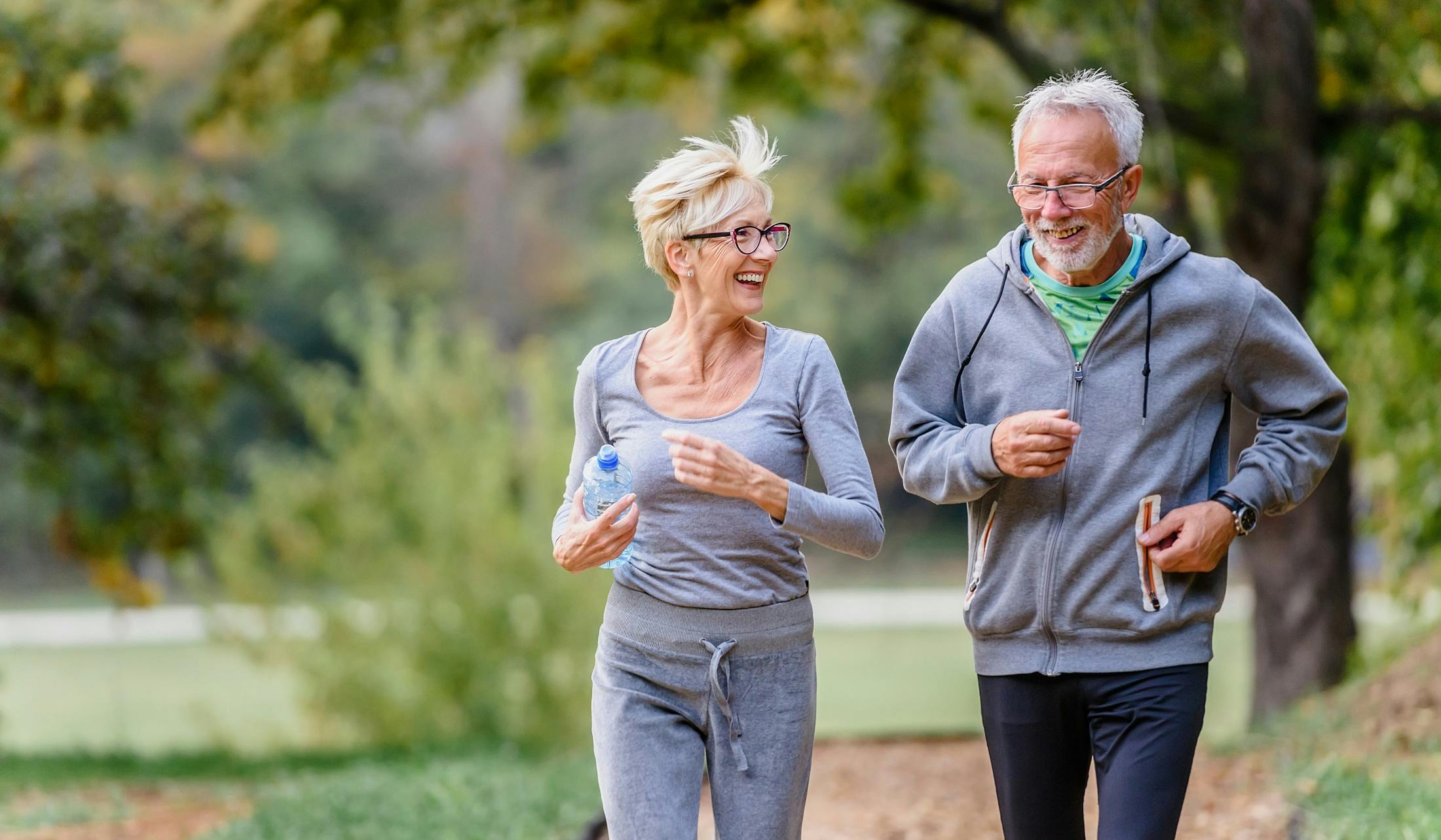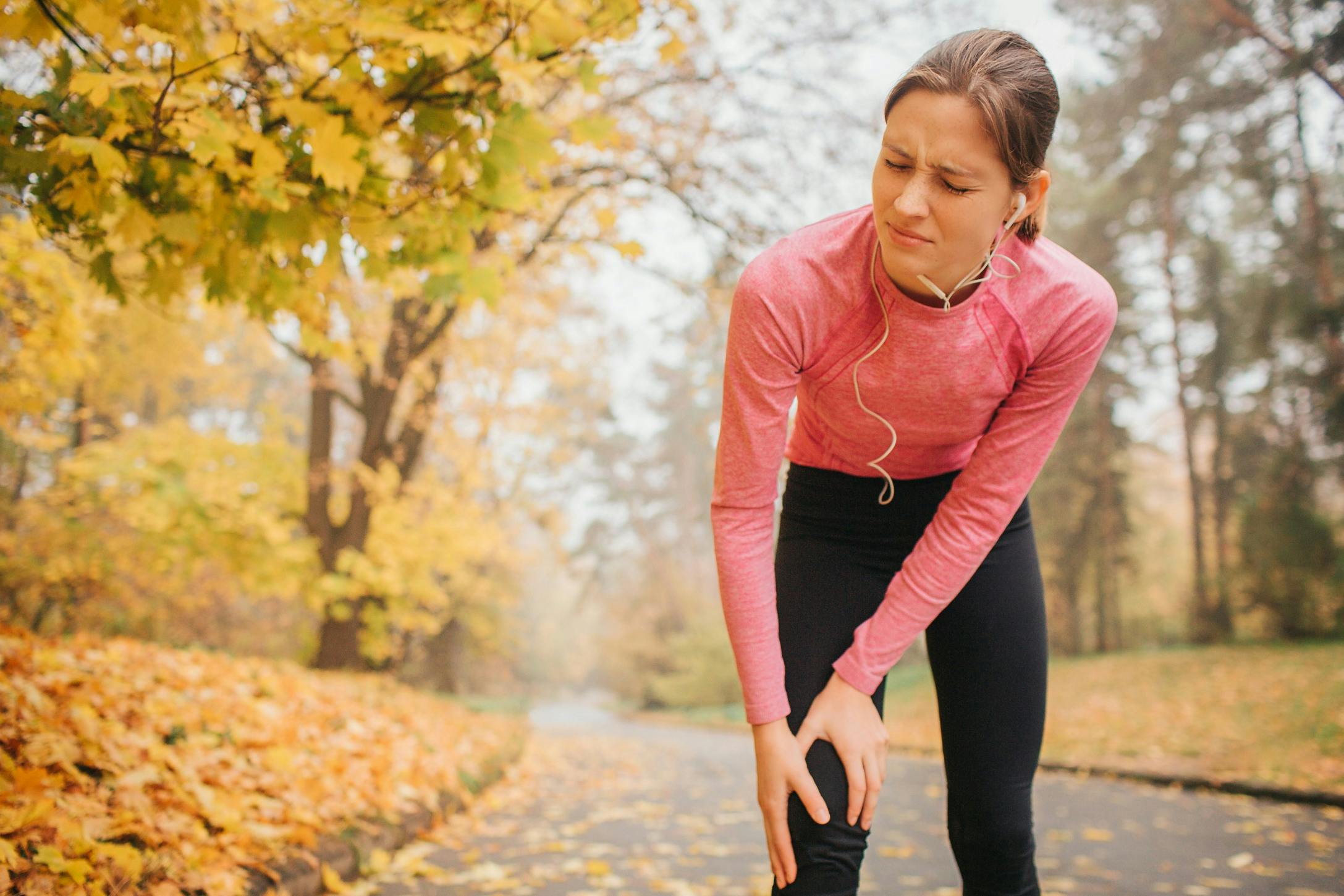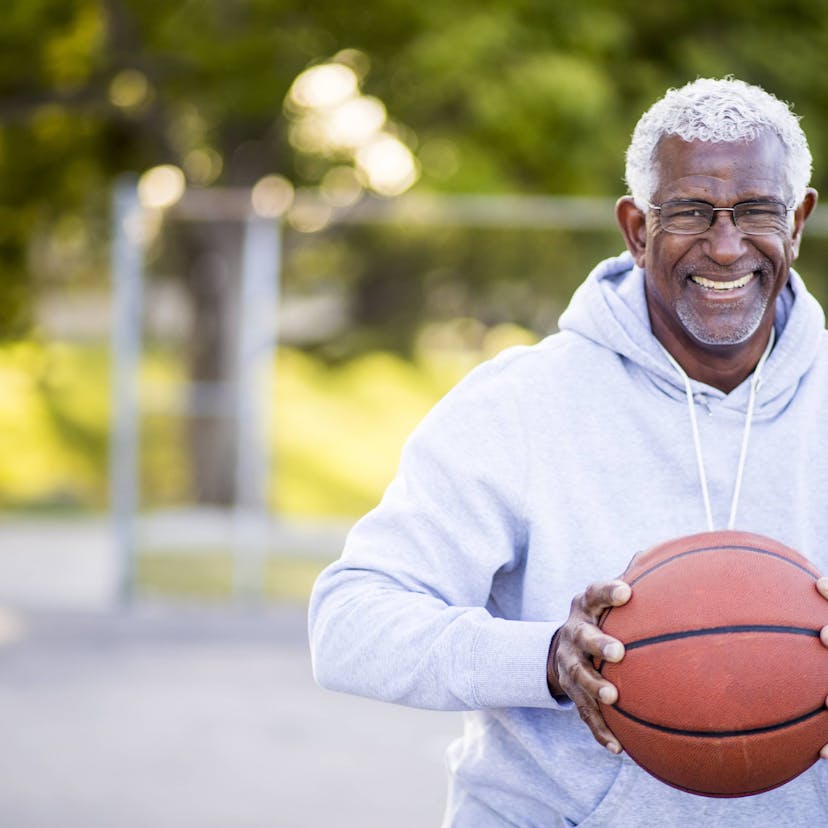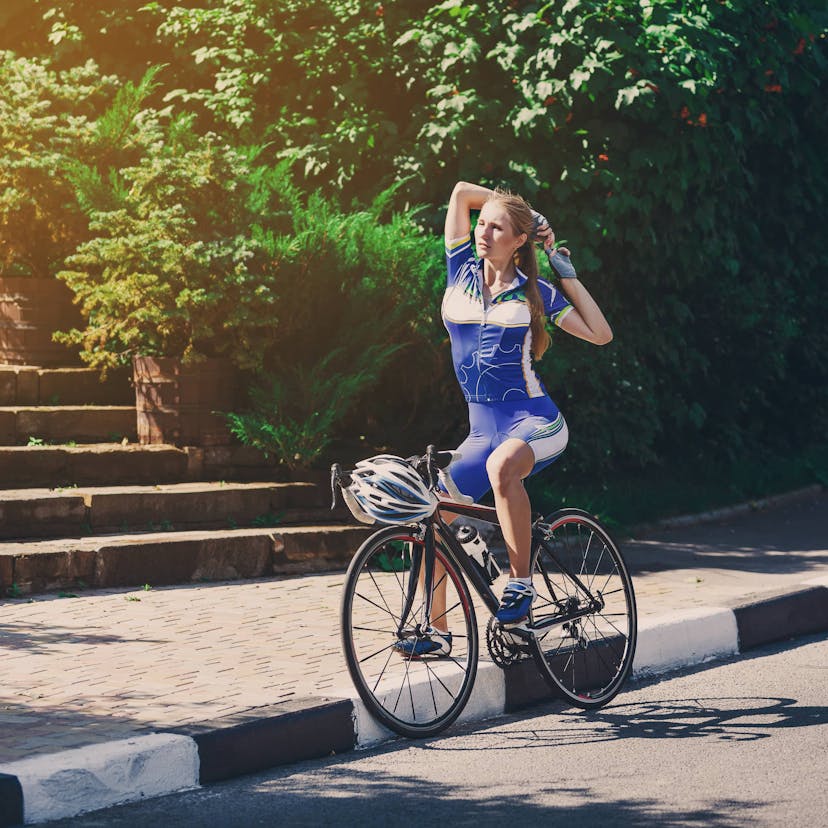Natural Remedies for Runners Knee
Discover common reasons for knee pain from running and how to address these injuries to offer long-term relief.

There’s nothing quite like the moving meditation of a good run to mentally and emotionally recharge the body. Unfortunately, runners knee can quickly find you sidelined. Whether you want to get back on the trail for your weekly jog or your training for your next big race, don’t let knee pain from running get the best of you.
Among runners, patellofemoral pain syndrome (PFPS) is the most common cause of knee pain from running. However, it is far from the only source of pain.
For some patients, it is knee pain when running that is most acute. Others experience knee pain after running, when they begin to slow down and reduce their activity level for the day. Pain may radiate from the knee. Or it can constantly throb throughout the knee and surrounding areas that will not go away.

From a nagging irritation to a debilitating injury, knee pain while running can make it hard (or impossible) to run.
4 Common Sources of Knee Pain
1. Patellofemoral Pain Syndrome
Patellofemoral pain syndrome (PFPS) is more commonly referred to as ‘Runners Knee.’ It is characterized as a dull pain around the front of the knee (the patella), where it connects to the lower end of the thighbone (the femur).
Runners knee can be caused by a variety of reasons, including:
- Structural defects in the knee, hips, or ankles
- High kneecaps
- Overuse
- Poor foot support (aka bad shoes)
- Injury (especially an injury that’s not allowed to heal properly)
- Tight hamstrings
- Weak thigh muscles
- Tight Achilles tendons
2. Patellar Tendonitis
Patellar tendonitis happens when an excessive amount of force is placed on the knee when running, placing too much strain on the patellar tendon. This causes pain to develop where the kneecap and shin meet.
The pain is typically sharper while running and traversing stairs. It tends to be acutely sharp when runners do hill climbs.
Popular Health Tips
3. Osteoarthritis
Osteoarthritis (OA) is the most common form of arthritis, frequently addicting joints including the hands, hips, and knees. A degenerative joint disease, it is typically associated with long-term wear and tear of the joint, causing the hyalin cartilage (lining of the joint) to wear down to nothing.
When this occurs, bone grinds on bone, leading to immense pain, swelling, and stiffness. As bone continues to wear on bone, the shape of the bones themselves begins to change, resulting in any number of additional health concerns as the body compensates.
4. Iliotibial Band Syndrome
The iliotibial band (ITB or IT band) is a strong, thick band of tissue that runs from your hip bone to the top of your shinbone. The IT band plays a critical role in running, walking, and bending over.
The IT band sits on top of a fluid-filled sac known as a bursa that sits on the outside of your femur, near your knee. When this band is too tight, it puts pressure on the bursa causing pain. The pain is typically most acute during a run and subsides after the run is complete.

While treatments like a cortisone injection or pain killers can offer immediate relief, they actually mask the pain. This can allow the body to work harder than it should during recovery and cause further damage.
Traditional Treatments Only Address Knee Pain
Traditional treatment remedies for common sources of knee pain while running range from reducing physical activity and physical therapy to chemical pain killers and invasive surgeries. These could include:
Lifestyle & Physical Therapy Changes
- Reducing total mileage
- Stop running entirely
- Cross-training
- Icing
- Foam rolling
- Specialized straps and/or braces
- Motion controlled shoes
- New running shoes
- Strengthening exercises
- Running on soft surfaces
Medically-Prescribed Treatments
- Anti-inflammatory medicines
- Cortisone injections
- Pain killers
- Surgery
There are instances when the only way to truly help the patient heal and relieve their pain requires surgery. Full tears of multiple ligaments could leave a patient with little to no mobility in their knee. Progressive and degenerative osteoarthritis may keep a patient from being active without surgical intervention.
However, surgery should not be taken lightly. It presents risks, exposing a patient to complications related to anesthesia, blood clots, and infection.
It’s also important to remember no surgery has a 100% success rate. Furthermore, accessing the injured knee involves cutting into healthy tissue — exposing more of the body to potential damage.
What about painkillers and cortisone injections? These prescriptions definitely provide immediate pain relief. However, neither of these solutions addresses the root cause of the pain or promotes healing. Rather, they mask the pain — putting a patient at significant risk fo causing further damage to their knee due to overuse.
Prolotherapy Offers a Non-Invasive Alternative to Knee Pain Relief
As early as 1830, prolotherapy was used to treat hernias. The use of this non-invasive treatment was expanded in the 20th century as revolutionary doctors, like Earl Gedney, D.O. and George Hackett, M.D., began using prolotherapy to provide joint and tender relief.
The process of prolotherapy is quite simple. A small irritant is injected as the site of the pain, such as within your knee. The injection causes a chemical reaction within the body, alerting the brain that there is an issue in that specific area. This ‘alert’ can help stimulate the re-growth of muscles, ligaments, and tendons.
In 2013, a randomized controlled trial was conducted to look at the effectiveness of using prolotherapy to treat knee osteoarthritis. The findings were published in the Annals of Family Medicine, concluding that:
Prolotherapy resulted in clinically meaningful sustained improvement of pain, function, and stiffness scores for knee osteoarthritis compared with blinded saline injections and at-home exercises.
Furthermore, a systematic review looked at 14 randomized controlled trials in which prolotherapy was used to treat pain. Based on a thorough review, analysis, and comparison of each trial, researchers found that prolotherapy supported:
The treatment of tendinopathies, knee and finger joint OA, and spinal/pelvic pain due to ligament dysfunction.
Start Running Pain Free Again
Whether you’re ready to start enjoying your morning jog with your favorite running buddy or you just want to be able to chase your kids pain-free, it’s never fun to be sidelined by an injury. Schedule a consultation to start relieving your running knee pain and begin healing.






